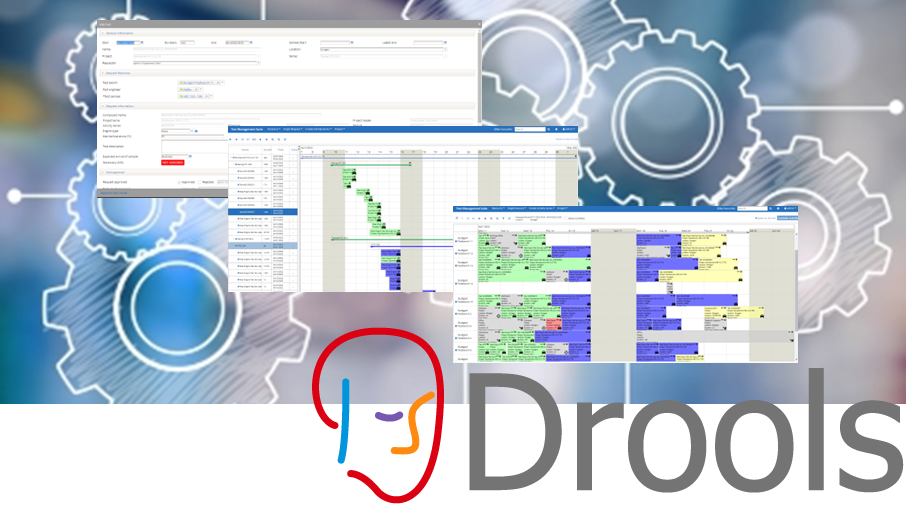Abo ut
Test Field Management: Rule-based determination of parameter sets when specifying vehicle tests
The specification of a vehicle test usually requires a large amount of precise information. Much of this information is interdependent. For example, the selection of a particular test cycle dictates the test parameters that have to be specified by the test engineer. Additionally, these dependencies often change due to new legal regulations or modified test strategies.
A test management and resource planning system like Peak Test Management Suite provides users the possibility to define intelligent test templates for different types of tests. These templates guide the test requester through the often very tedious process of providing all the required test information and parameters.
The special thing about this is: Peak Test Management Suite supports the definition of test templates and the ongoing maintenance of the respective input forms and field dependencies without the need to constantly redeploy the application. This is made possible by expanding the already well-known “PTMS Validators”. Now, they offer the option of defining dependencies between the input fields of test forms via the “Rules Engine” component. With that, authorized users can easily write their own business logic.
Basis for this is the “Drools Framework”. This is an Java-based, open source Business Rules Management System (BRMS) released under the Apache License 2.0. It provides a core Business Rules Engine (BRE), a web authoring and rules management application (Drools Work-bench) and an Eclipse IDE plugin for core development. With that, the creation of even complex rules sets for steering the behavior of input forms at runtime is possible.

What does that look like for the users of the Peak Test Management Suite?
Based on test types, users can define different “rule sets” for different operations such as
- Steering form fields in a test request form, including
- Enabling and disabling field input
- Preselect entries in value list, dependent on business logic
- Automatically calculate field values based on mathematical formulas similar as in MS Excel forms
- Enabling and disabling field input
- Validation of test specifications and other activities in the saving process, such as
- Checking boundaries of input fields
- Feasibility checks of tests based on the provided information
- Checking boundaries of input fields
- Selection of suitable test resources: Rules can be defined which validate for given resources, if they are suitable for conducting a test
The users can gradually build up a powerful, reusable “rule set catalogue” from which they can then assign relevant rule sets to different test types. This allows the different rule sets to be managed intelligently, e.g. by grouping the rules into more general rules applicable to all tests and specific rules only for a certain test type. This aspect becomes particularly important when managing a large number of rules.
The Peak Test Management Suite interprets the assigned rules in the right places at runtime without the need for redeployment or a restart of the application. This gives users even more options to control the application behavior themselves without any additional coding and reimplementation effort. Accordingly, the follow-up costs and the qualification required for adapting the Peak Test Management Suite to changing requirements are significantly reduced.
